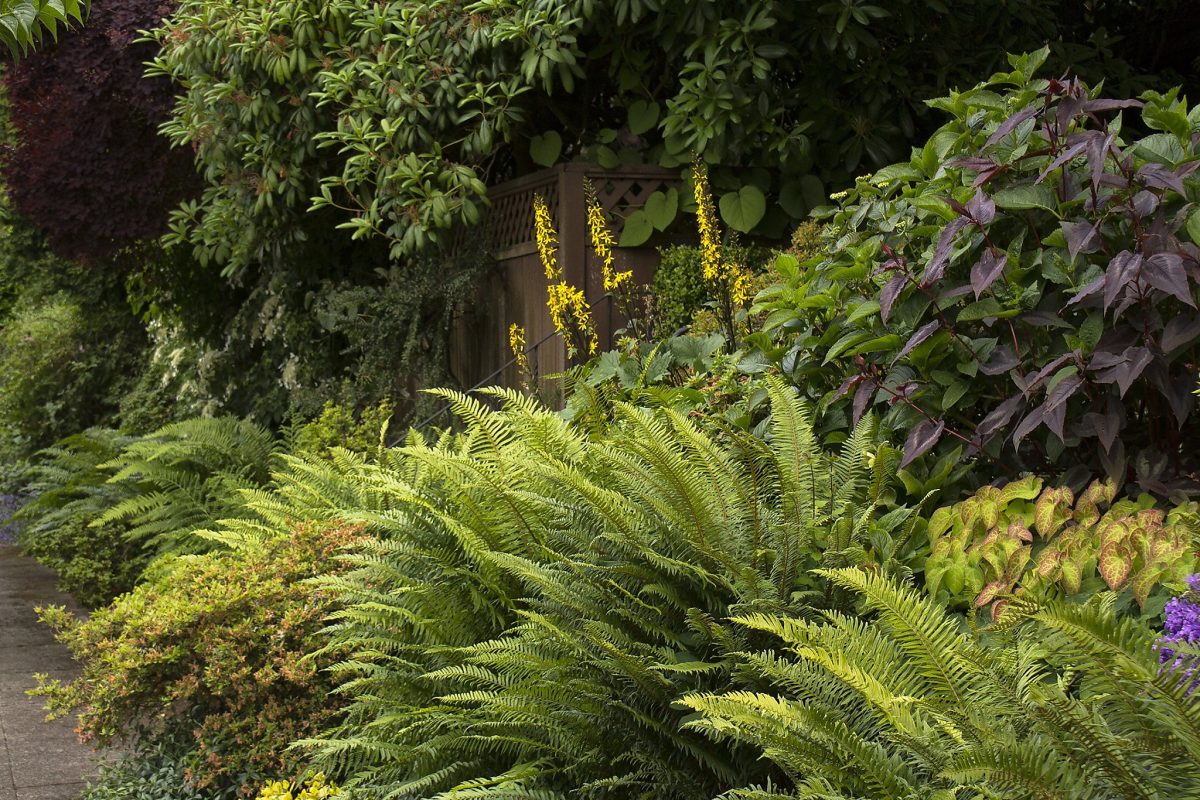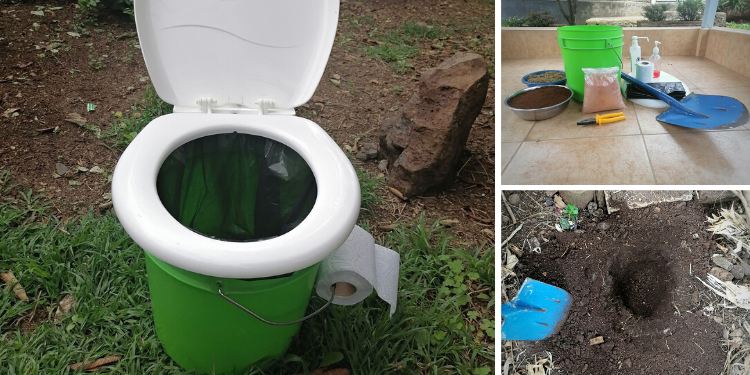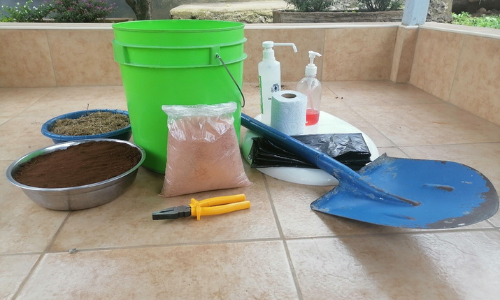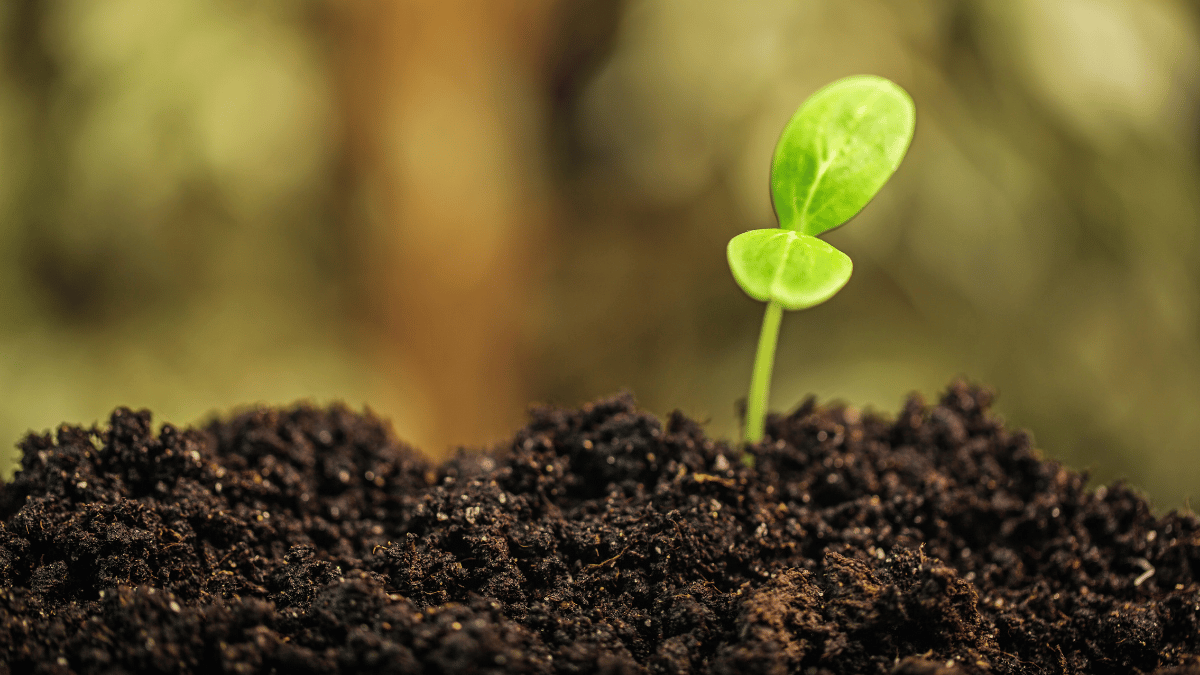
Hidden cameras are usually something we want to find, not hide. We go to a hotel or public bathroom and wonder if some thief or pervert is watching us. There are reasons to consider hidden cameras for your home, however.
Camera technology has come a long way. Today’s cameras not only take brighter, more detailed images than cameras just a few years ago, but they have become small. Very small.
Hidden cameras are so affordable and easy to install that by the end of this article you might be thinking, “Why wouldn’t I install one in my home?” After all, they can be an important part of a larger home security system.
Hidden Cameras vs Visible Cameras
Hidden cameras are great if you want to catch someone in the act of doing something. This could be a homeowner who wants to see if a nanny is having friends over, a store owner who wants to see which cashier is stealing from the cash register, or a tenant who wants to know if a landlord is entering without asking.
There are, of course, nefarious uses for hidden cameras. AirBnB owners have been known to secretly record guests, for example. In fact, some hidden camera sellers promote the idea that their camera can be used for… questionable purposes. See this marketing photo of a USB port hidden camera on our list:
 Are you going to use you hidden cameras in your home in an ethical way?
Are you going to use you hidden cameras in your home in an ethical way?
Are we to assume the woman consented to being filmed? If that was the case, why a hidden camera? Maybe the image implies it’s to help catch unfaithful partners… Maybe.
Visible cameras have the advantage of not only filming criminal activity, but discouraging it altogether. Placing security cameras where people can see them helps keep them honest (or encourages them to move on to easier targets).
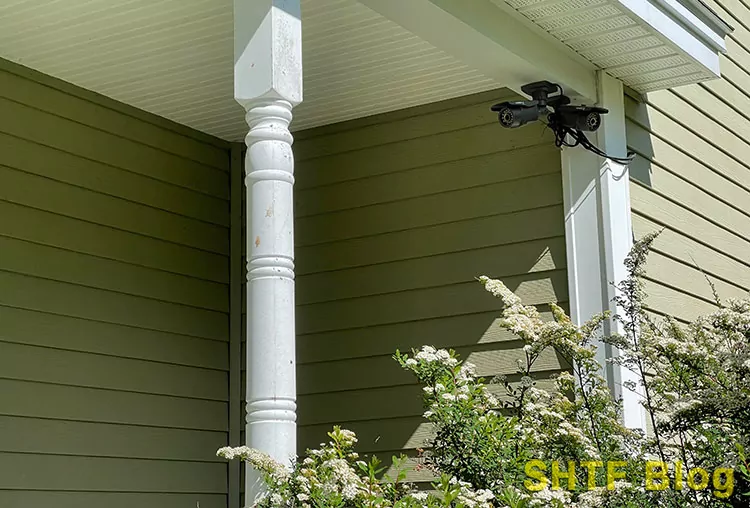 These cameras are visible to discourage would-be thieves. They are placed under a porch roof for weather protection.
These cameras are visible to discourage would-be thieves. They are placed under a porch roof for weather protection.
External vs Internal Power
There are hidden cameras that require an external power source and those that require battery power. The latter are often rechargeable.
I prefer cameras that function by battery because they are mobile and more versatile. The battery charge on a quality unit will last a long time. I also appreciate that these cameras operate when the grid goes down (and crimes might spike).
There are sacrifices you make with any camera. You’ll see that in the list that follows. If you want a camera that does not function by battery, and you’re concerned about off-grid operation, you can get around that by using a solar…

